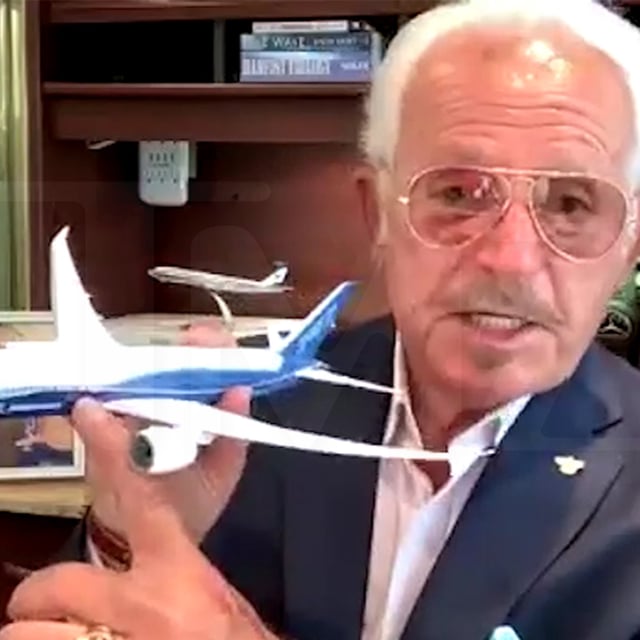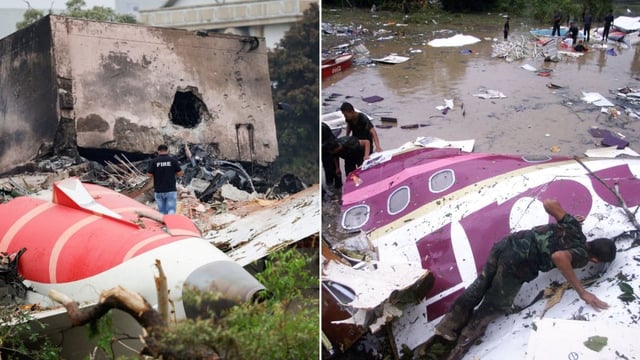Overview
- Ramesh Viswash Kumar, sitting in seat 11A near an emergency exit on the London-bound Boeing 787 Dreamliner, was the sole survivor after the June 12 crash.
- Aviation consultants say being adjacent to a functioning exit allowed Kumar to walk to safety before cabin hazards became fatal.
- Flight Safety Foundation director Mitchell Fox stresses that seat safety depends on the specific aircraft layout and crash dynamics rather than a universal “best” seat.
- Experts underscore that paying attention to preflight safety briefings and following cabin crew evacuation instructions can significantly improve survival chances.
- Recent advances in cabin design—such as enhanced floor path lighting, fire detection systems, and less flammable materials—have boosted the likelihood of passenger escape in serious accidents.

